
All categories
Featured selections
Trade Assurance
Buyer Central
Help Center
Get the app
Become a supplier

(1265 products available)








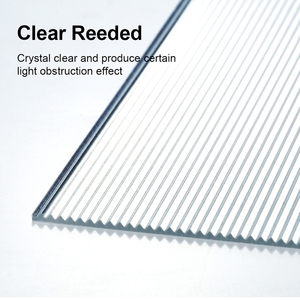

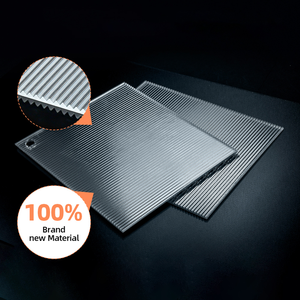

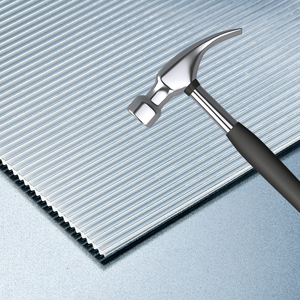
















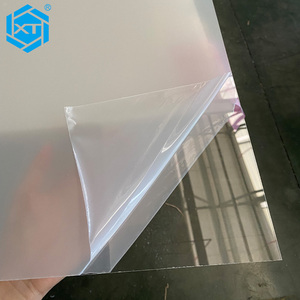




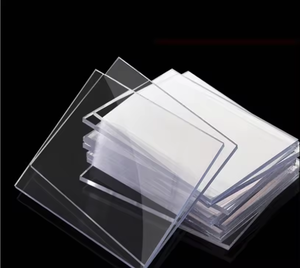
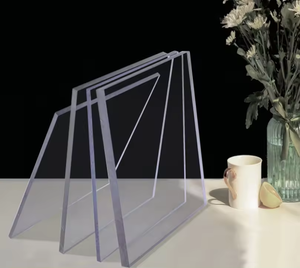





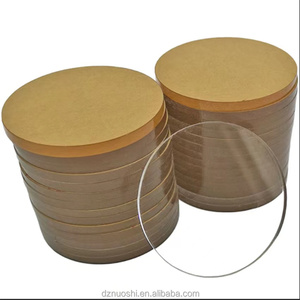



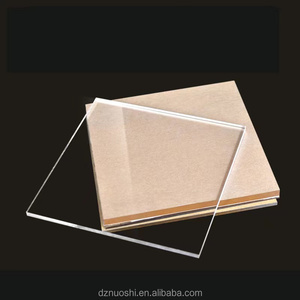
Polymethyl methacrylate, commonly known as poly methyl methacrylate sheet , is a transparent thermoplastic often used as a lightweight alternative to glass. It is known for its exceptional clarity, shatter resistance, and durability, making it a popular choice in various industries. poly methyl methacrylate sheet is extensively utilized in applications ranging from automotive and aerospace to construction and medical devices. Its ability to be molded into complex shapes and its resistance to UV light further enhance its versatility. Despite being a synthetic material, poly methyl methacrylate sheet can be recycled, contributing to sustainability efforts within the plastics industry.
There are several types of poly methyl methacrylate sheet available in the market, catering to diverse applications. Cast acrylic sheets are a common form, known for their high optical clarity and excellent weather resistance. These sheets are typically used in signage, displays, and aquariums. Extruded acrylic sheets, another type of poly methyl methacrylate sheet , offer cost-effectiveness and consistency, making them suitable for applications where large volumes are required, such as point-of-sale displays and furniture. Specialty grades of poly methyl methacrylate sheet include impact-modified and UV-resistant variants, which are engineered to withstand specific environmental conditions and mechanical stresses.
The functions and features of poly methyl methacrylate sheet are numerous, making it indispensable in various sectors. One of its primary functions is its use as a glazing material due to its transparency and light transmission properties, which are comparable to those of glass. Additionally, poly methyl methacrylate sheet possesses excellent chemical resistance, making it suitable for laboratory and medical applications. Its lightweight nature allows for easier handling and installation compared to traditional materials. Furthermore, poly methyl methacrylate sheet can be easily thermoformed, allowing manufacturers to produce intricate designs and shapes that are not feasible with other materials.
The composition of poly methyl methacrylate sheet primarily includes polymethyl methacrylate as its base polymer. This synthetic polymer is derived from acrylic acid, which undergoes polymerization to form a solid material. Additives such as stabilizers, colorants, and processing aids are incorporated into poly methyl methacrylate sheet formulations to enhance performance characteristics and aesthetic appeal. For instance, UV stabilizers are added to improve resistance to sunlight exposure, while colorants offer customization options for branding and design purposes. The purity and quality of poly methyl methacrylate sheet are crucial factors that influence its optical clarity and mechanical properties.
Using poly methyl methacrylate sheet effectively requires understanding its properties and limitations. To maximize its benefits, it is essential to select the appropriate grade and thickness based on the intended application. Proper handling techniques should be employed to prevent surface scratches and damage, as poly methyl methacrylate sheet is prone to abrasion. During installation, ensure that the material is adequately supported to prevent sagging or deformation. In scenarios where poly methyl methacrylate sheet is exposed to high temperatures or chemicals, consider using protective coatings or treatments to extend its lifespan. Recycling and repurposing poly methyl methacrylate sheet contribute to environmental sustainability, aligning with the growing demand for eco-friendly practices.
Selecting the ideal poly methyl methacrylate sheet for your application involves understanding the specific requirements and conditions in which it will be used. Factors such as optical clarity, impact resistance, and environmental exposure should be considered. For applications requiring high transparency, such as display cases or optical lenses, choosing a grade of poly methyl methacrylate sheet with superior light transmission properties is essential. In contrast, applications exposed to harsh weather conditions might benefit from UV-resistant variants to prevent discoloration and degradation over time.
Another critical aspect is the thickness and form of the poly methyl methacrylate sheet . Depending on the intended use, different thicknesses can offer varying levels of durability and flexibility. Thicker sheets are typically more robust and can handle heavier loads, while thinner sheets might be preferable for intricate designs or lightweight components. Additionally, the choice between cast and extruded poly methyl methacrylate sheet can influence the material's consistency and cost-effectiveness, with cast sheets generally offering better optical clarity and extruded sheets providing more uniformity.
Sustainability considerations are increasingly influencing the choice of poly methyl methacrylate sheet . As environmental concerns grow, opting for materials that can be recycled or have a lower environmental impact is becoming crucial. Some manufacturers offer recycled or eco-friendly versions of poly methyl methacrylate sheet , enabling users to reduce their ecological footprint. Evaluating the recycling capabilities and lifecycle of the chosen material can inform a more sustainable decision.
The advantages of using poly methyl methacrylate sheet instead of glass include its lightweight nature, which facilitates easier handling and installation. Additionally, poly methyl methacrylate sheet offers superior shatter resistance, reducing the risk of breakage and enhancing safety in applications such as glazing or protective barriers.
Yes, poly methyl methacrylate sheet can be utilized in outdoor environments, especially when UV-resistant grades are selected. These variants are engineered to withstand prolonged exposure to sunlight without significant discoloration or degradation, making them suitable for applications like outdoor signage and skylights.
In the automotive sector, poly methyl methacrylate sheet is often used for components such as light covers, dashboards, and rear-view mirrors. Its excellent optical clarity and durability make it ideal for these applications, providing both aesthetic appeal and functional performance.
Maintaining poly methyl methacrylate sheet involves regular cleaning with mild soap and water to prevent the accumulation of dirt and debris. Avoid using abrasive cleaners or rough materials that could scratch the surface. Protective coatings can also be applied to enhance resistance to environmental factors and extend the material's lifespan.
Yes, poly methyl methacrylate sheet is widely used in medical applications due to its biocompatibility and chemical resistance. It is commonly found in devices such as incubator walls, surgical instruments, and dental prosthetics, where clarity and durability are paramount.